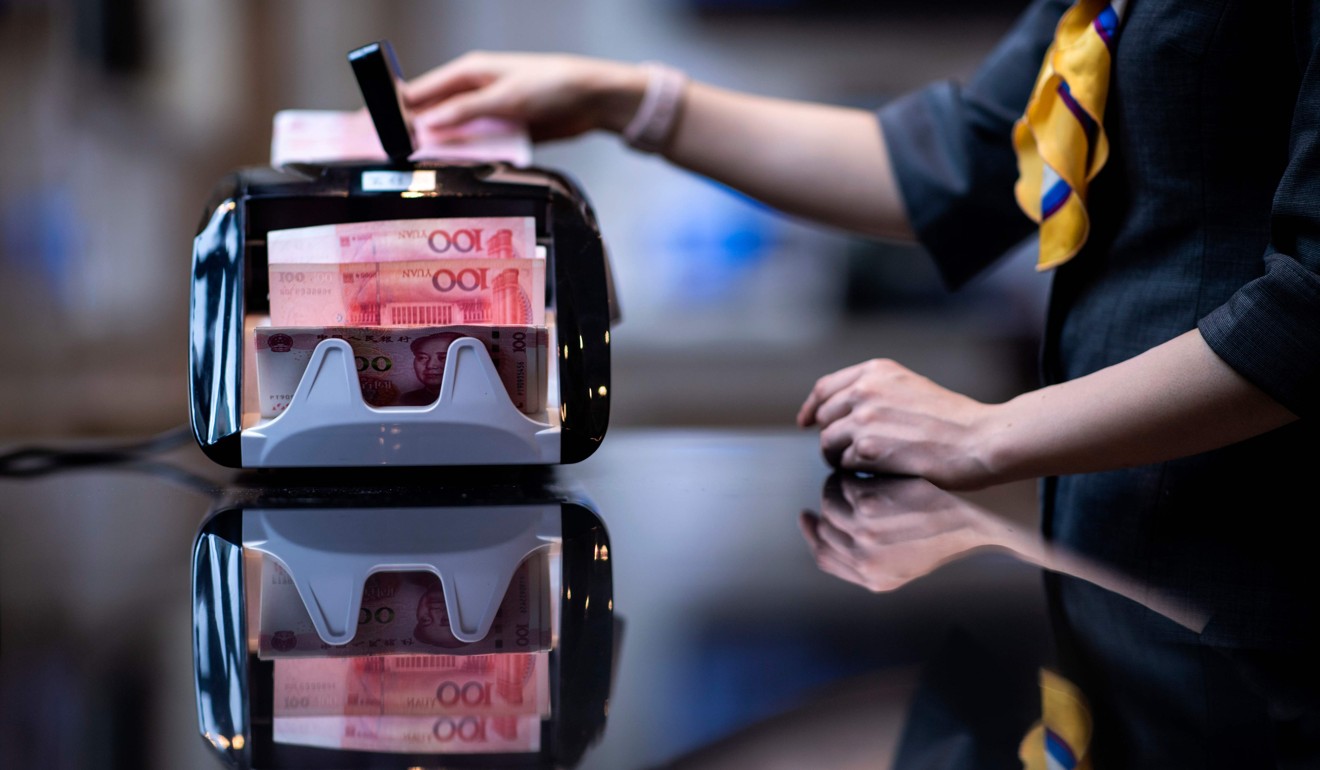
Will the Year of the Pig rein in Chinese yuan bulls as the seasonal boost ends and trade war reality kicks in?
- Neal Kimberley says despite the Chinese currency’s strong start in January, the uncertainty over US-China trade negotiations and the possibility that Chinese exporters were behind seasonal demand for the yuan should give investors pause

As goes January, so goes the year? If that’s the case, Chinese yuan strength in the early weeks of this year should mean a strong performance versus the US dollar in 2019 as a whole. But such has been the pace of this yuan rise, investors might be disinclined to chase the move from current levels. Such a cautionary approach might well be justified.
Indeed, some likely drivers of the yuan’s early January rise may prove short-lived.
Investors who are already “on the trade” will be mindful of managing their exposure. It’s never wrong to take a full or partial profit on a position. As for those investors who missed the initial move but now feel 2019 will indeed see a broadly lower US-dollar-to-Chinese-yuan exchange rate, it might be advisable to take a moment to reflect.
On the issue of yuan appreciation potential, it might well be that markets, which in the second half of 2018 were exposed to a plethora of reports about the challenges facing China’s economy, were probably psychologically ill-prepared, and so ill-positioned, for renminbi strength as 2019 dawned.
Initial yuan appreciation in the first days of January arguably triggered a snowball effect as investors, for fear of being left behind, felt compelled to pile into the renminbi.

In truth, markets may have underestimated the prospects for China in comparison to those of other major economies. Indeed, while analysts continue to evaluate the implications of Beijing potentially setting a lowered target for Chinese economic growth in 2019 of 6 to 6.5 per cent, over in the euro zone, Germany’s economy shrank by 0.2 per cent in the third quarter of 2018.
German Economy Minister Peter Altmaier even felt it necessary to state last week that “Germany is not currently at the beginning of a recession.”
Meanwhile, in the United States, amid political gridlock in Washington and with the economic sugar rush of the Trump administration’s 2018 tax cuts wearing off, markets have become less enamoured with the notion that holding the greenback is presently the optimum foreign exchange trade.
That evolution in investor thinking has also been driven by evidence that the upward trajectory of Federal Reserve rate hikes is levelling off. After four rate hikes in 2018, which played no small part in supporting US dollar strength, Fed chief Jerome Powell said on January 10 that “especially with inflation low and under control, we have the ability to be patient and watch patiently”.

On a comparative basis, and with all foreign exchange trades being a decision based on the perceived merits of different currencies relative to each other, the arguments in favour of the yuan over, in particular, the US dollar start to build up.
There’s also an argument that while the People’s Bank of China will be unlikely to want to see yuan strength run away, Beijing might well have made the calculation that a degree of renminbi appreciation can only help in tricky trade negotiations with Washington. The Trump administration has previously been vocal about Chinese currency weakness.
But the trade negotiations are themselves a double-edged sword. Market expectations of a successful outcome to those talks have been rising and that has arguably fuelled yuan demand, just as the deterioration in China-US trade relations last year fed into renminbi weakness.
Yet, time is short for those trade discussions. The end of the 90-day “truce” period that emerged after China’s President Xi Jinping met his US counterpart in Buenos Aires in December falls on March 1.
There is therefore a real, if unquantifiable, risk that any setback in the current trade negotiations will seriously undermine the short-term case for yuan strength.
There is also the possibility that the pace of early-2019 yuan strength has been built on speculative demand but also on seasonal factors. The impact of the latter may soon fade.
With the Year of the Pig beginning on February 5, and given the duration of the public holidays in China, it would be perfectly rational to expect Chinese exporters, who naturally convert overseas revenues into yuan, to have been front-loading their hedging activities. Once the Spring Festival is over, those exporters may revert to a more normal pace of operations.
There are persuasive arguments in favour of yuan appreciation versus the US dollar in 2019, and early January has already seen the renminbi achieve a material rise versus the greenback. But that rise has been sustained by a combination of speculative and seasonal demand that may not persist.
At current levels, yuan bulls might wish to proceed with a degree of caution.
Neal Kimberley is a commentator on macroeconomics and financial markets